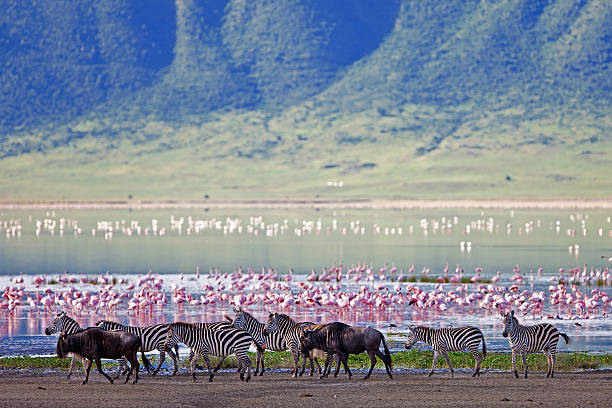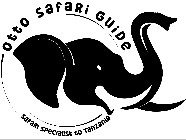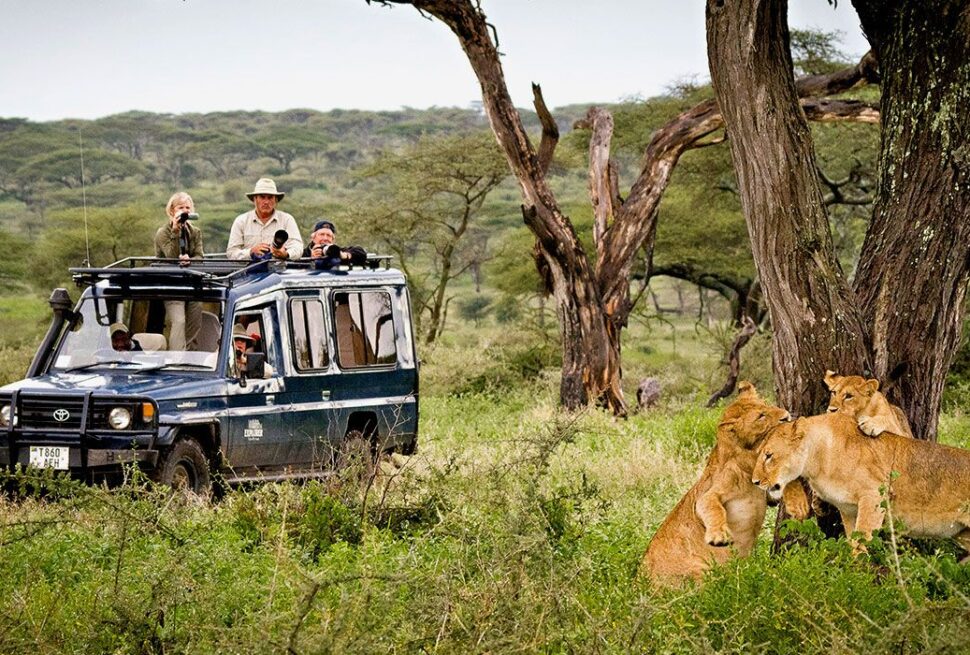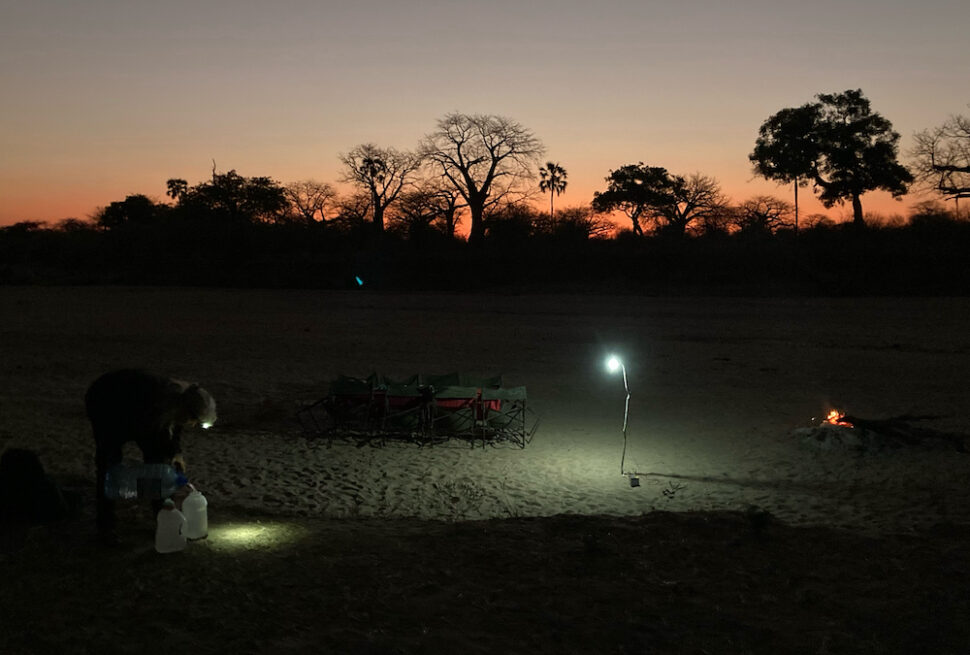Tanzania is one of the world’s most sought-after safari destinations, home to the Serengeti, Ngorongoro Crater, and Mount Kilimanjaro. But when is the best time to visit Tanzania for a safari? The answer depends on what you want to see—whether it’s the Great Wildebeest Migration, predator action, or lush green landscapes.
In this guide, we’ll break down the best time for safaris in Tanzania by season and month, so you can plan the perfect wildlife adventure.
Understanding Tanzania’s Safari Seasons
Tanzania has two main seasons that impact wildlife viewing:
1. Dry Season (June – October) – Best for Classic Safaris
- Weather: Sunny, little to no rain, cool mornings and evenings.
- Wildlife Viewing: The best time to see large herds of animals, as they gather around waterholes.
- Wildebeest Migration: July to October is peak migration time in the Serengeti.
- Ideal For: First-time safari-goers, Big Five sightings, and photography.
2. Wet Season (November – May) – Best for Birdwatching & Green Landscapes
- Weather: Short rains (November – December) and long rains (March – May).
- Wildlife Viewing: Animals are more dispersed, but you can still see plenty of game.
- Calving Season: January to March in the southern Serengeti—great for predator sightings.
- Ideal For: Budget travelers (lower rates), birdwatchers, and lush scenery lovers.
Month-by-Month Safari Guide
January – February: Calving Season (Great for Predators)
- Best Places: Serengeti (Ndutu region), Ngorongoro Conservation Area
- Wildlife Highlights: Thousands of wildebeest give birth, attracting lions, cheetahs, and hyenas.
- Pros: Excellent predator sightings, fewer crowds.
- Cons: Some rainfall, but mostly short showers.
March – May: Green Season (Fewer Crowds & Budget-Friendly)
- Best Places: Tarangire, Ngorongoro Crater, Selous
- Wildlife Highlights: Lush landscapes, newborn animals, migratory birds.
- Pros: Low safari rates, fewer tourists, great birdwatching.
- Cons: Heavy rains make some roads muddy and inaccessible.
June – July: Start of the Dry Season (Great Migration Begins)
- Best Places: Western & Northern Serengeti, Grumeti River
- Wildlife Highlights: Wildebeest herds start moving north, predators hunt actively.
- Pros: Ideal weather, good for first-time visitors.
- Cons: Prices start increasing.
August – October: Peak Safari Season (Best Overall Experience)
- Best Places: Serengeti (Mara River crossing), Tarangire, Ruaha
- Wildlife Highlights: Dramatic river crossings, high predator activity, elephants in Tarangire.
- Pros: Guaranteed wildlife sightings, ideal for luxury safaris.
- Cons: High tourist numbers, premium rates.
November – December: Short Rains & Migratory Birds
- Best Places: Southern Serengeti, Lake Manyara, Selous
- Wildlife Highlights: Baby animals, vibrant landscapes, migratory birds return.
- Pros: Fewer tourists, lower prices.
- Cons: Rain can disrupt game drives.

Choosing the Best Time Based on Your Safari Goals
| Safari Goal | Best Months | Why? |
|---|---|---|
| Wildebeest Migration | July – October | River crossings in Serengeti |
| Big Five Safari | June – October | Dry season, easier to spot animals |
| Calving Season | January – March | Baby wildebeest & predator action |
| Birdwatching | November – April | Migratory birds return |
| Budget-Friendly Safari | March – May, November | Low season discounts |
| Lush Green Landscapes | March – May | Rainy season transforms the parks |
Safari Planning Tips Based on Timing
1. Book in Advance for Peak Season (June – October)
Lodges and camps fill up quickly, so book at least 6–12 months in advance for the best choices.
2. Visit in the Shoulder Seasons for Fewer Crowds (May – June, November)
These months offer a balance of good wildlife viewing and lower prices.
3. Pack Accordingly for the Season
- Dry Season: Light clothing, a warm jacket for mornings, sunscreen.
- Wet Season: Waterproof gear, insect repellent, layers for cooler evenings.
Conclusion
The best time to visit Tanzania for a safari depends on your priorities. If you want to witness the Great Migration river crossings, visit between July and October. For fewer crowds and lush scenery, the green season (March – May) is ideal. And if you’re after predator action, the calving season (January – March) is unbeatable.
No matter when you visit, Tanzania offers breathtaking landscapes, incredible wildlife, and unforgettable safari experiences all year round.
Ready to Plan Your Tanzania Safari?
Contact us today to customize your dream safari experience!




